10 Frontier Forts and Historic Outposts Worth Seeing
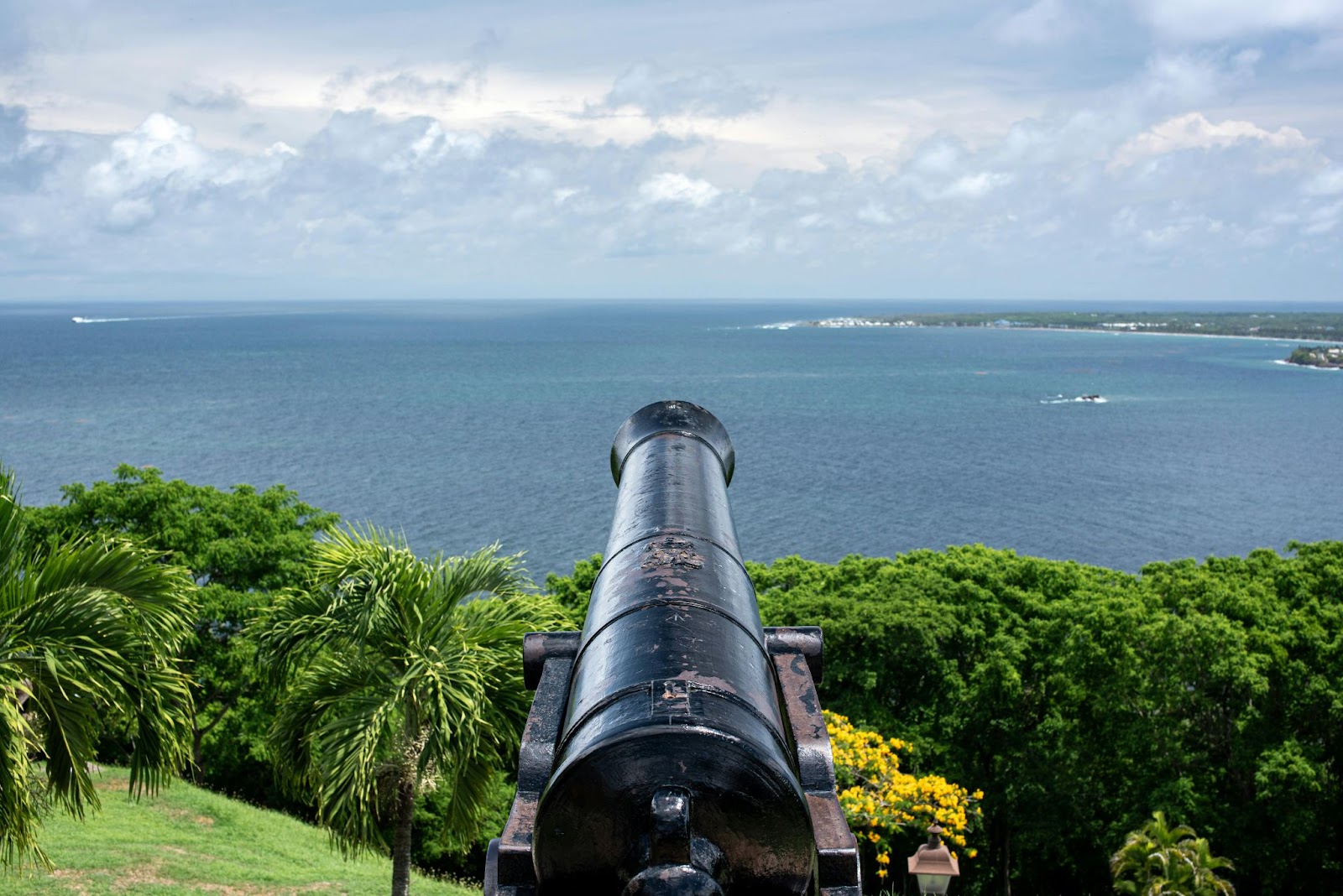
Before cities sprawled and highways crisscrossed the land, remote forts and outposts stood guard on rugged terrain. These were places of survival, trade, diplomacy, and sometimes conflict. Today, many have been preserved as living museums—offering visitors a window into the gritty, brave, and often complicated frontier life. Whether set on a mountain pass, desert ridge, or by a roaring river, these forts still echo with stories worth hearing. Here are ten of the most fascinating you can still visit.
Fort William, Scotland

Located in the Scottish Highlands, Fort William began as a fortress to suppress Jacobite uprisings and now serves as a gateway to Ben Nevis and Glen Coe. Its remnants are modest but historically significant, and the area around it is rich with clan history and Highland culture. It’s also the endpoint of the West Highland Way—a walking route through Scotland’s wilder past.
Fort Laramie, Wyoming, USA
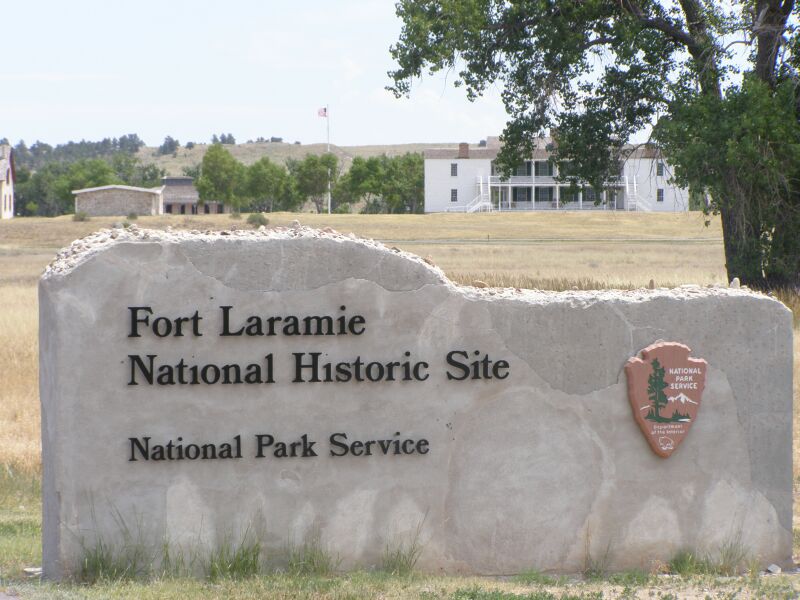
Once a major military and trading post on the Oregon Trail, Fort Laramie saw everything from fur traders and emigrants to Native American diplomacy. Today, you can walk through restored barracks, officers’ quarters, and a guardhouse. It offers powerful insights into westward expansion and the tensions it created. Interpretive signs and reenactments bring 19th-century frontier life to vivid reality.
Castillo San Felipe del Morro, Puerto Rico
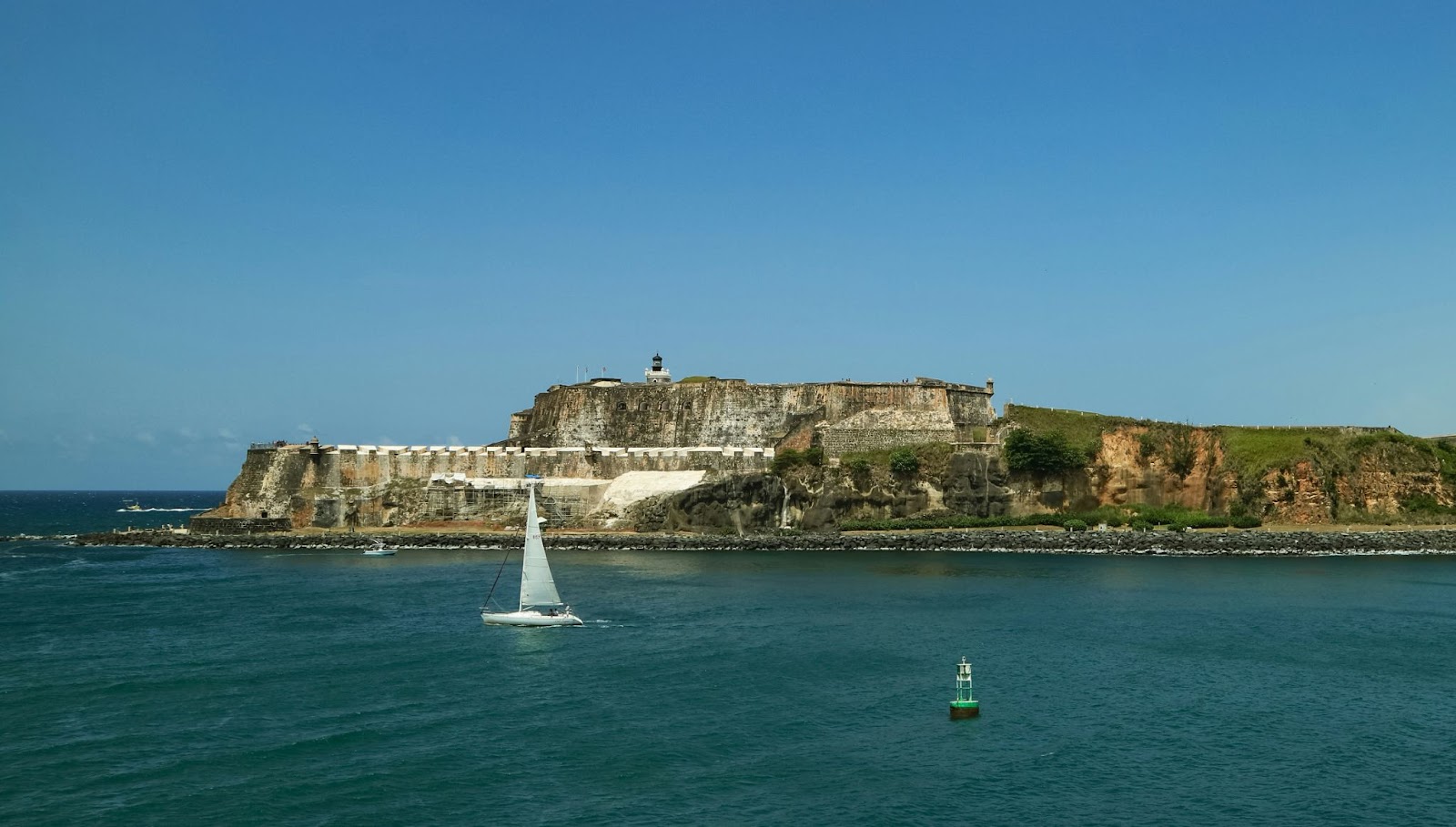
Guarding the entrance to San Juan Bay, this 16th-century Spanish fortress blends dramatic architecture with ocean views. With its thick stone walls, sentry boxes, and tunnels, El Morro feels like a castle at the edge of the New World. It played a key role in repelling pirates and foreign navies, and today it stands as a UNESCO World Heritage Site filled with echoes of colonial strategy.
Fort Jesus, Mombasa, Kenya
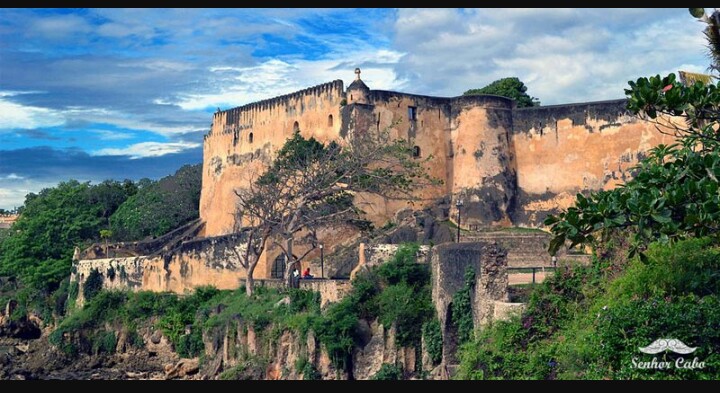
Built by the Portuguese in 1593, Fort Jesus protected the Old Port of Mombasa and became a key player in centuries of trade and conquest along the Swahili coast. Its coral stone walls and intricate fortifications showcase a blend of European and Arabic influences. Inside are exhibits on weaponry, trade, and the people who once lived and fought there.
Fort Ticonderoga, New York, USA
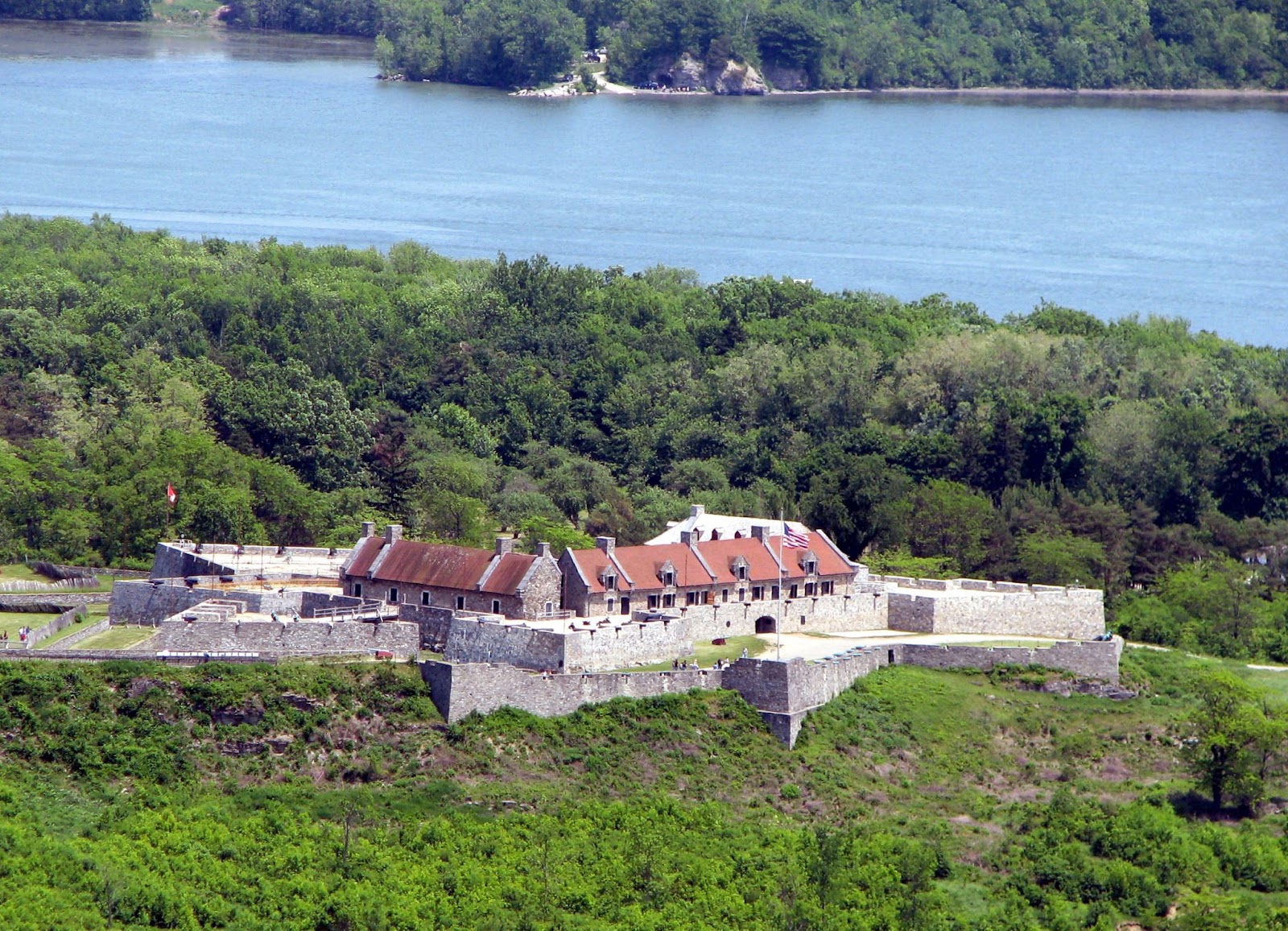
Overlooking Lake Champlain, this 18th-century fort was a key site during the French and Indian War and the American Revolution. Its pentagonal star-shaped design and massive stone walls are fully restored. Visitors can explore cannons, gardens, and historic reenactments. The views from the battlements are spectacular, too.
Fort Douaumont, France
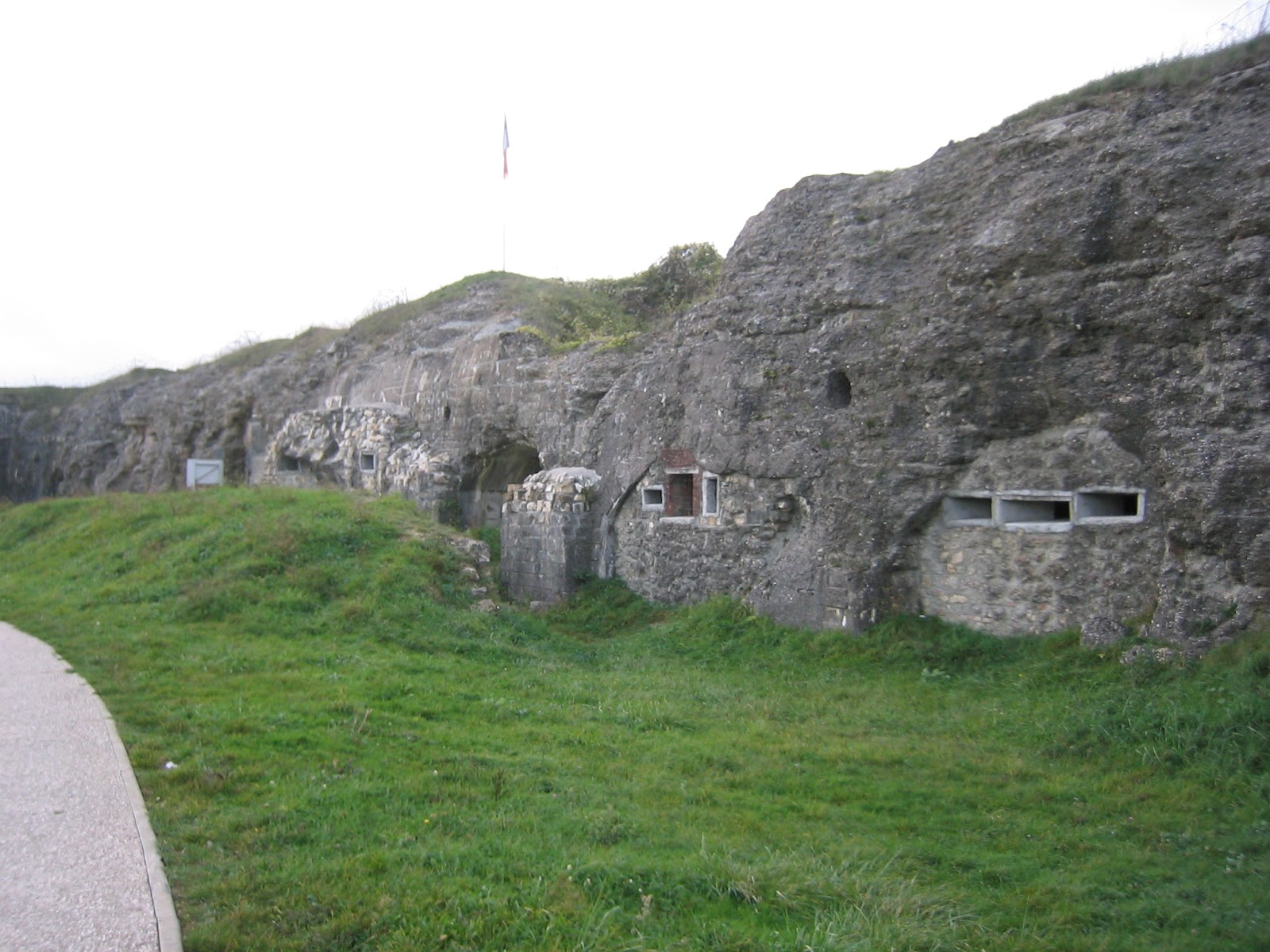
Part of the massive ring of fortifications around Verdun, Fort Douaumont saw intense action in World War I. Much of it is underground—corridors, bunk rooms, artillery turrets—all preserved in eerie silence. Walking through it gives a haunting sense of the scale and human cost of trench warfare.
Fort Santiago, Manila, Philippines
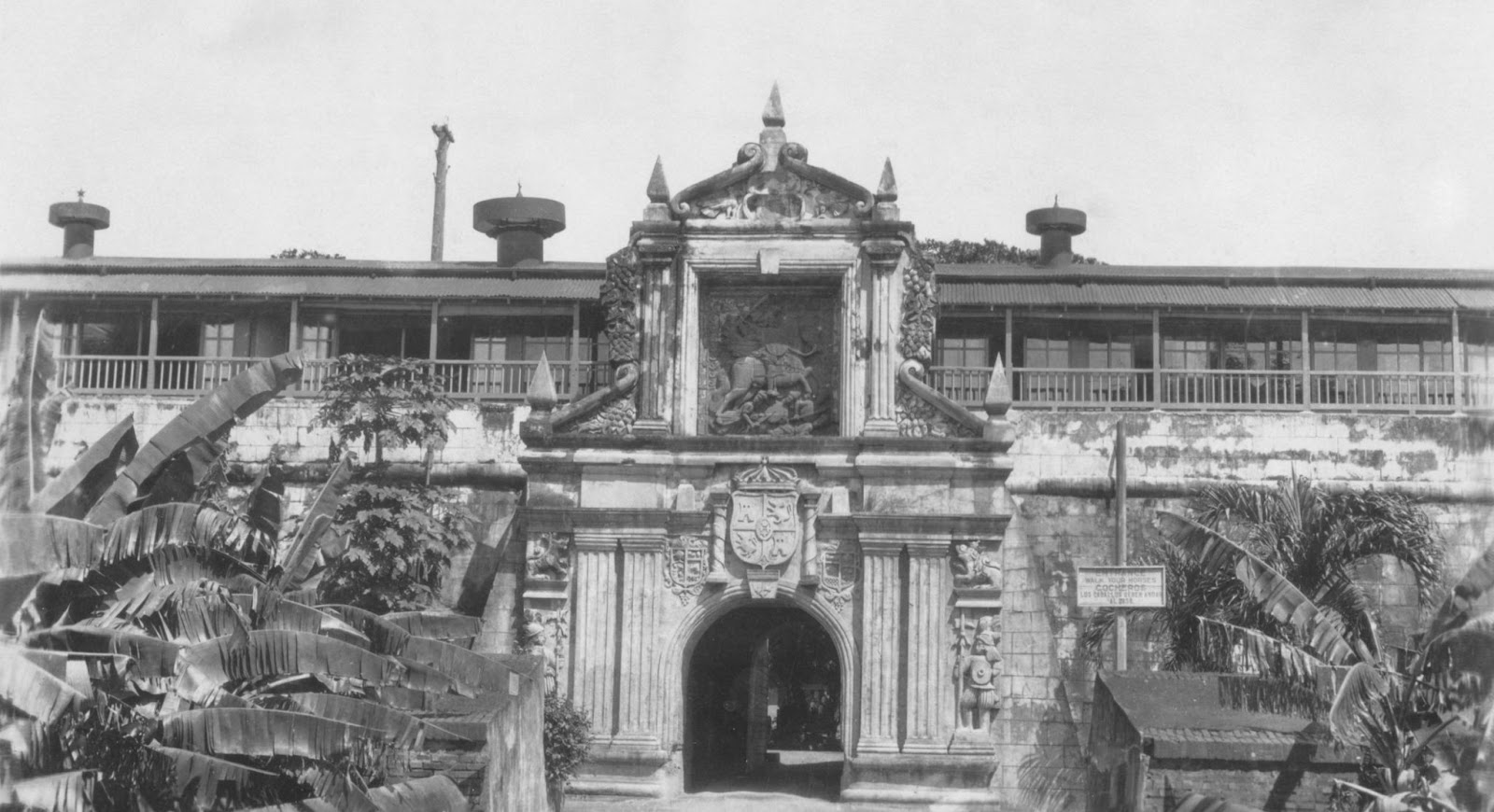
This Spanish-era citadel was once the seat of colonial power in the Philippines. It was also the prison of national hero José Rizal. Its gates, gardens, and stone ramparts tell stories of colonialism, resistance, and resilience. The surrounding Intramuros district adds even more layers to the visit.
Fort Zeelandia, Suriname
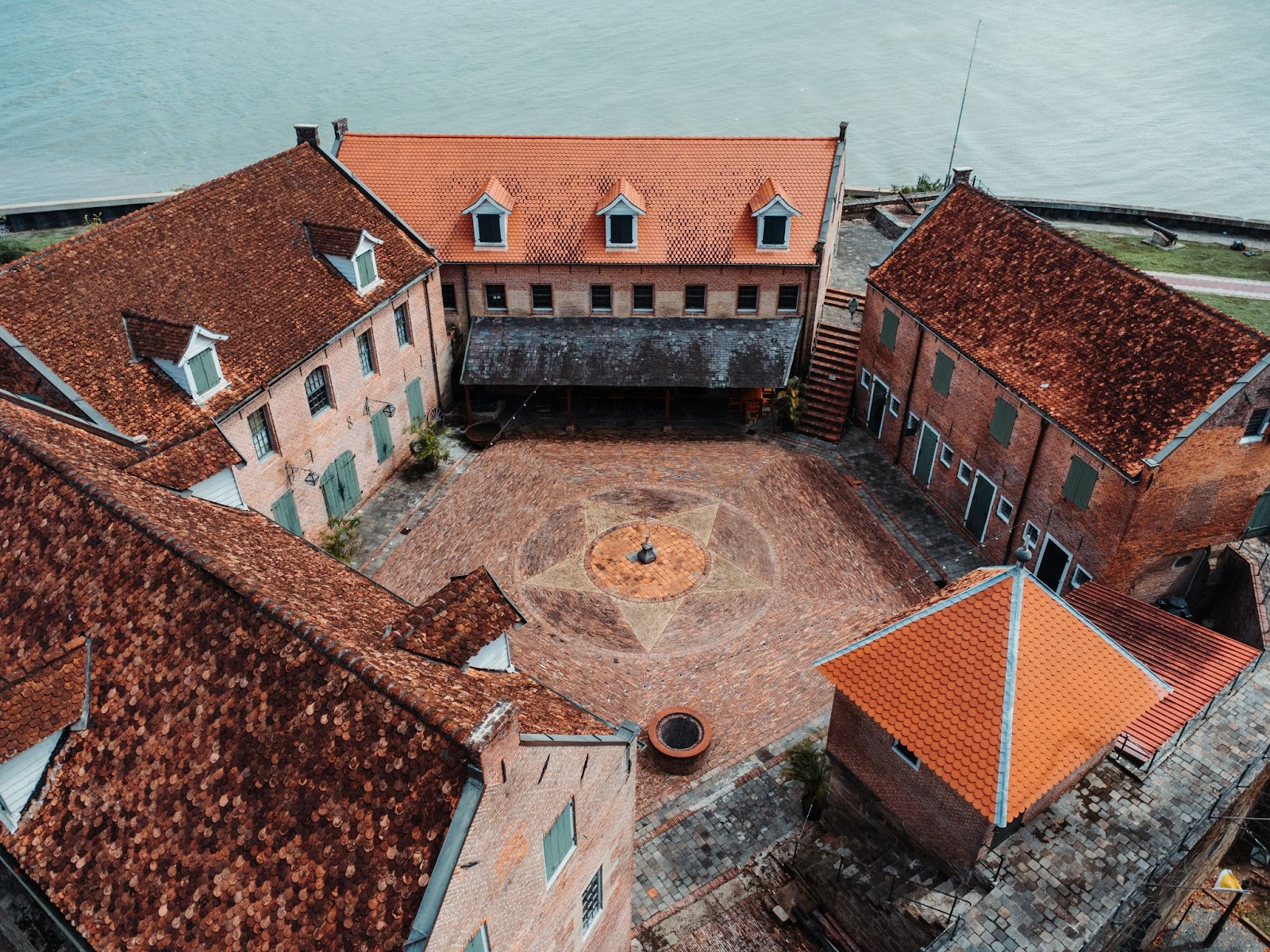
Built by the Dutch in the 17th century in what was once Dutch Guiana, Fort Zeelandia overlooks the Suriname River and has been many things: a trading post, barracks, prison, and now a museum. Its history spans colonization, slavery, and independence movements—offering a sobering yet vital look at Suriname’s past.
Fort Rinella, Malta

This coastal fort in Kalkara was built by the British in the 19th century to house the world’s largest cannon—the Armstrong 100-ton gun. You can still see it today, along with daily reenactments and guided tours. It’s one of Malta’s lesser-known but most impressive military sites.
Fort San Pedro, Cebu, Philippines
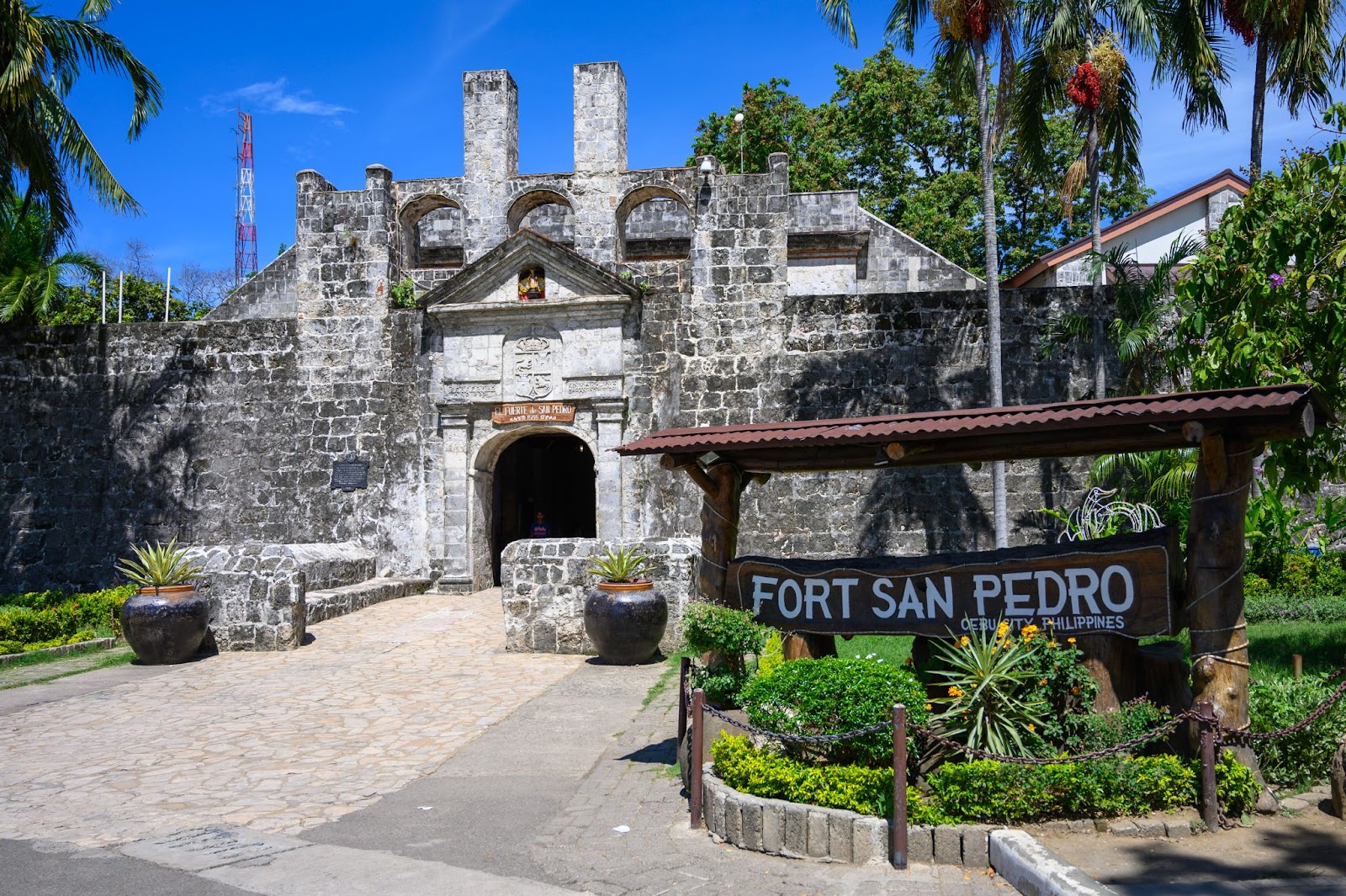
The oldest Spanish fort in the Philippines, Fort San Pedro was built in 1565 and still stands with thick coral stone walls and leafy courtyards. Small but evocative, it blends tropical beauty with colonial grit. Inside are cannons, historical displays, and echoes of centuries past.